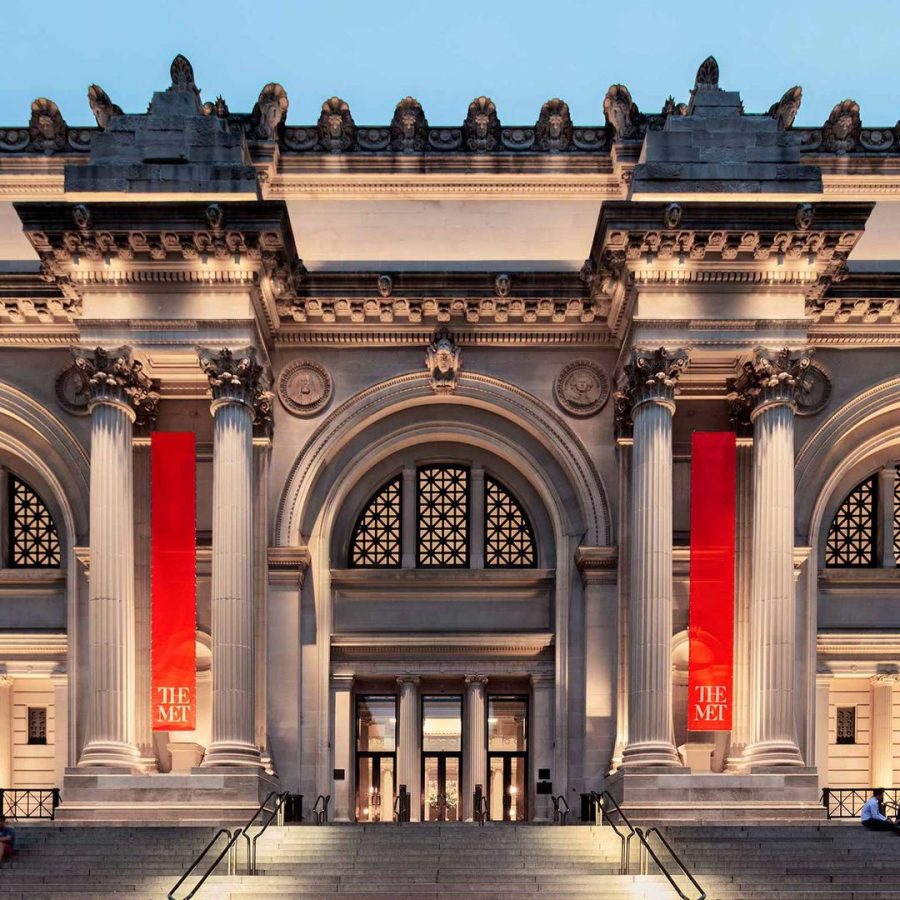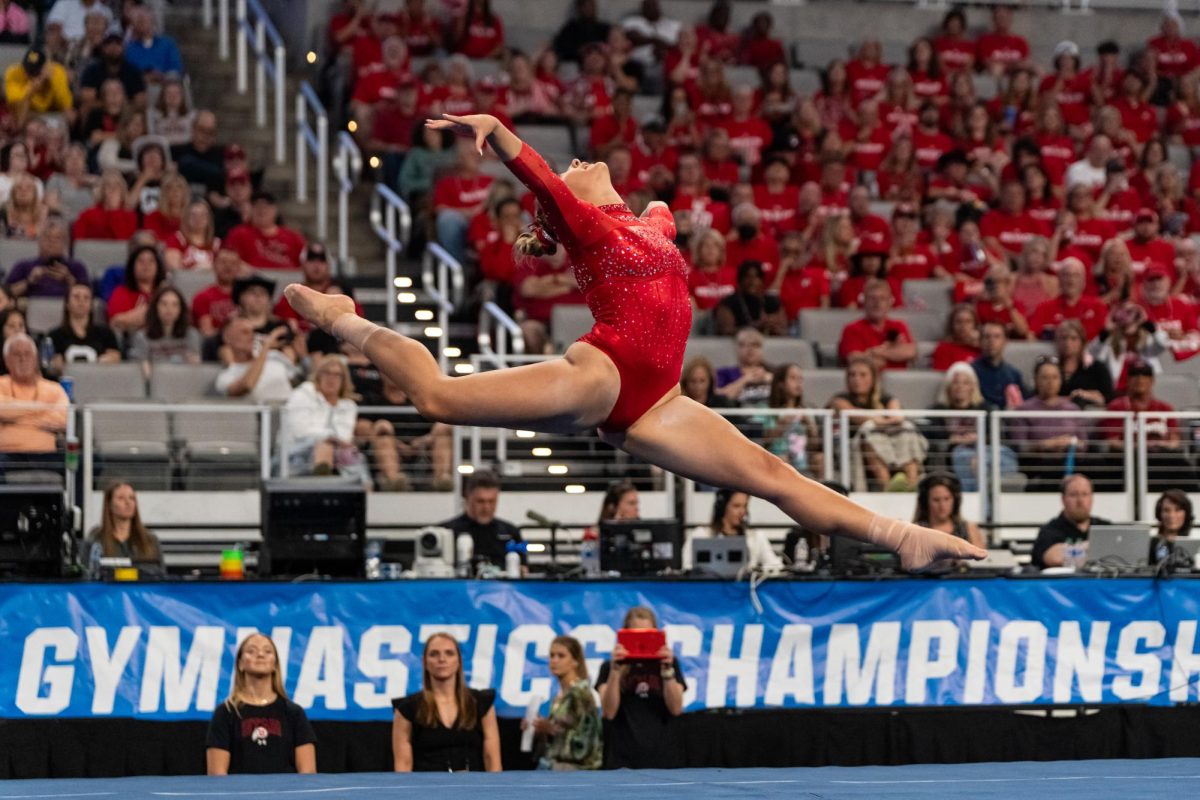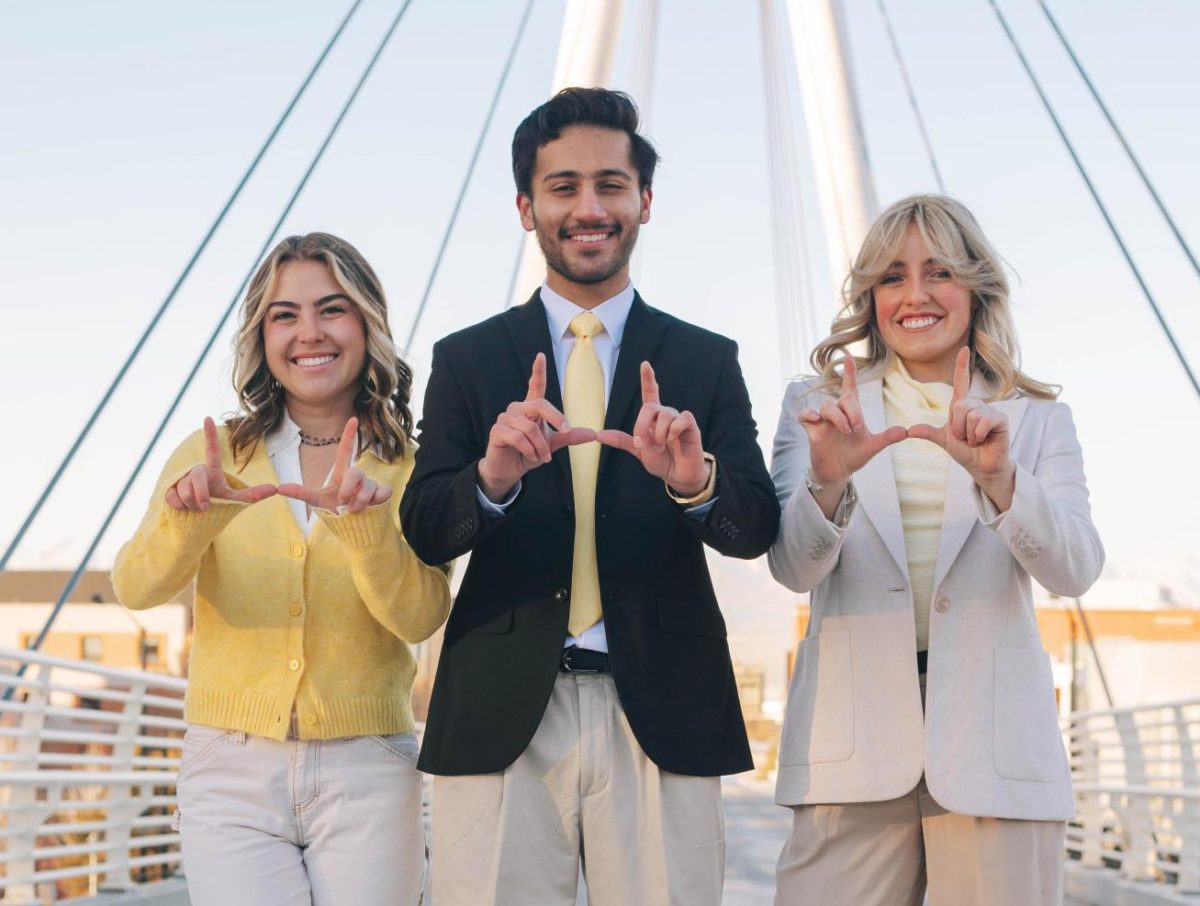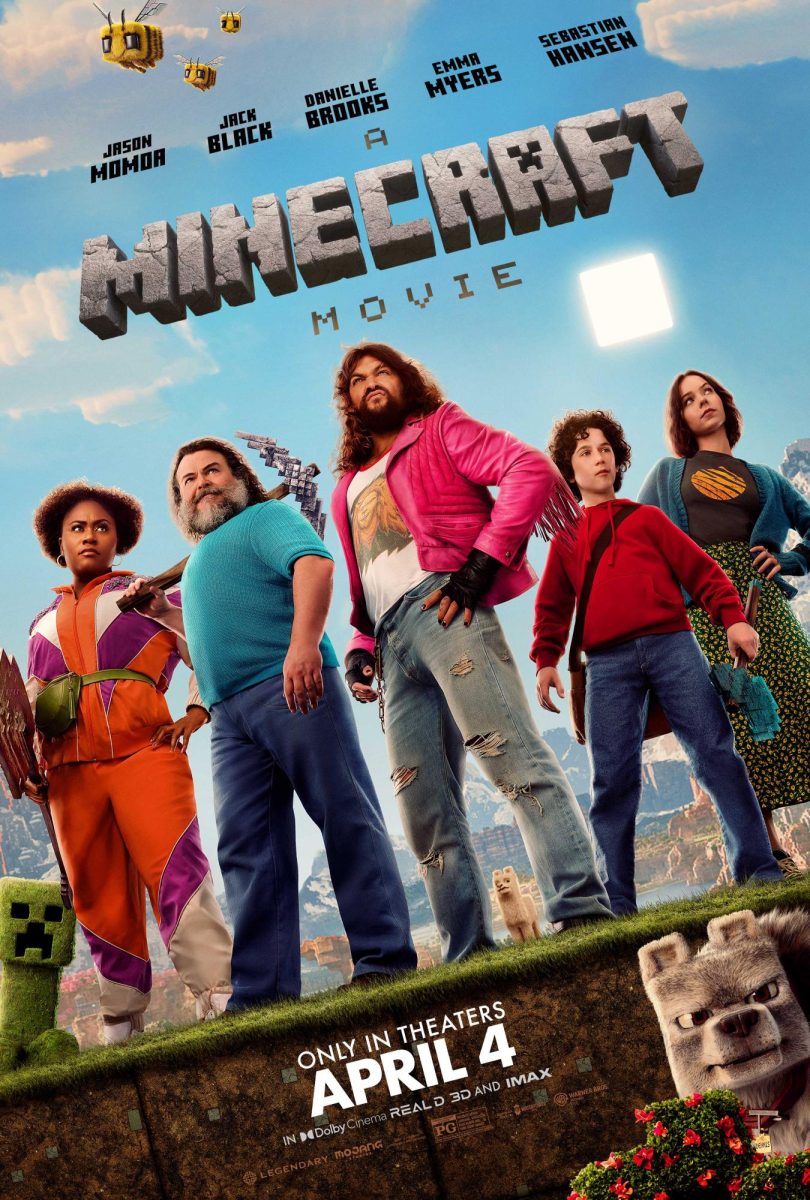Changes to Museums Look to Improve Transparency and Inclusivity
October 6, 2022
Big changes are coming to the world of museums that will hopefully usher in a feeling of greater transparency. The American Alliance of Museums, or AAM, has announced that by Nov. 15 all institutions have to disclose salaries in job postings upfront and Kathy Hochul, governor of New York, signed a law in which all museums have to disclose whether a piece of art was stolen by the Nazi Regime.
Salary Stipulations
Museums are a notoriously difficult field to break into and yet notoriously underpay their staff. Per Hyperallergic, a visitor’s service associate, an entry-level job in a museum, earns an average of $31,800 a year in the Mid-Atlantic region. This is over $20,000 less than the cost of living in New York City of $52,863 a year. According to the U.S. Bureau of Labor Statistics, the average salary for archivists, curators and museum workers was $50,000.
Kelsey Brow, co-president of the National Emerging Museum Professionals Network, said, “In the art world, there’s a lot of pressure to do the work because you love it,” and explained that workers were often made up of those that came from generational wealth and didn’t have to worry about the low wages. “Keeping the wages depressed is an impediment to diversity in the field.”
AAM Urges Salary Postings
According to Artforum, the AAM is one of the top organizations in the art field, encompassing over 35,000 museums. AAM JobHQ has 209 postings on its site as of Sept. 24, ranging from jobs at the National Portrait Gallery in Washington D.C. to the Museum of Contemporary Art in Los Angeles to the North Carolina Aquarium Society. The organization has come under fire for failing to address the problems with underpayment and undisclosed wages, and as a response, a database was created to keep track of museums that did not list salaries.
In a statement posted to JobHQ, the organization iterated its commitment to progress. “We know that salary transparency practices can’t thoughtfully take place overnight or in isolation,” said the AAM. “It requires a critical look at current practices and, for many, the collaboration and approval of parent organizations, boards, and other entities. With this advanced notice, we urge museums to begin making the policy reviews and changes, benchmarking, and compensation studies required to holistically implement these important practices.” Any job listings that do not meet the requirements will not be posted.
Signs For the Stolen
In August, another change arrived in the museum world. New York Gov. Kathy Hochul signed a law package aimed at honoring Holocaust Survivors, requiring all museums in the state to provide signage indicating whether a piece of art had been stolen by the Nazi regime.
The theft of art was a rampage under the regime, and according to the Louvre, approximately 10,000 goods including works of art were looted or forced to be sold under duress by the Nazis in France. These goods were mostly from Jewish families and the total number has been estimated at around 650,000. Over 10,000 pieces of art have not been recovered, including works by Rembrandt, Raphael, Klimt and van Gogh. In a statement shared with CNN, CEO of the Museum of Jewish Heritage Jack Kliger said, “More than 600,000 paintings were pilfered from Jewish people during World War II, enriching the Nazi regime while eliminating Jewish culture… For years, many of these paintings have been on display at institutions, yet without any acknowledgment of their origin. This legislation remedies that and allows institutions to honor those whose lives were lost and whose personal possessions were stolen for profit.” How to best restitute and honor Nazi-looted art has been the subject of controversy and a great many initiatives in the museum community.
Long-Term Improvements
Greg Schneider, executive vice president of the Claims Conference, a nonprofit dedicated to aid and compensation for Holocaust Survivors, told CNN, “We learn history from looking at artwork. The history of what happened to this piece is part of it. It’s an opportunity to open up to another audience, another perspective, on the history of the Holocaust. Not only was [the Holocaust] the largest, most sophisticated industrial genocide of Jewish people, it was also the greatest theft in the history of the world. The scale of the theft of property, of art, insurance policy, bank accounts, all types of possessions, and Jewish cultural objects, is mind-boggling.”
Implemented correctly, these initiatives will help educate patrons about the Holocaust and promote greater diversity in museum institutions.












